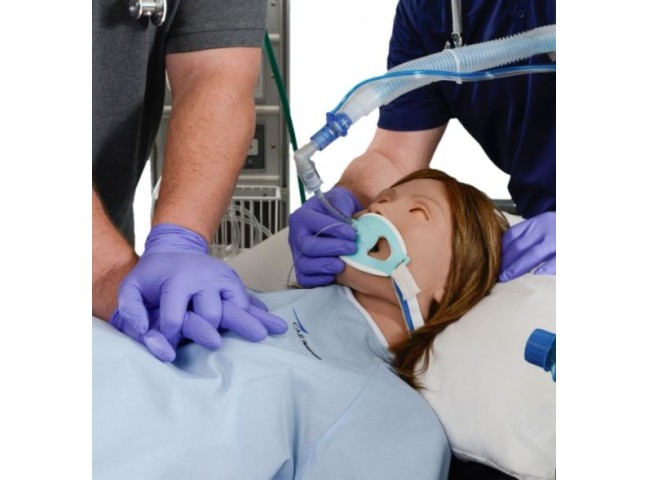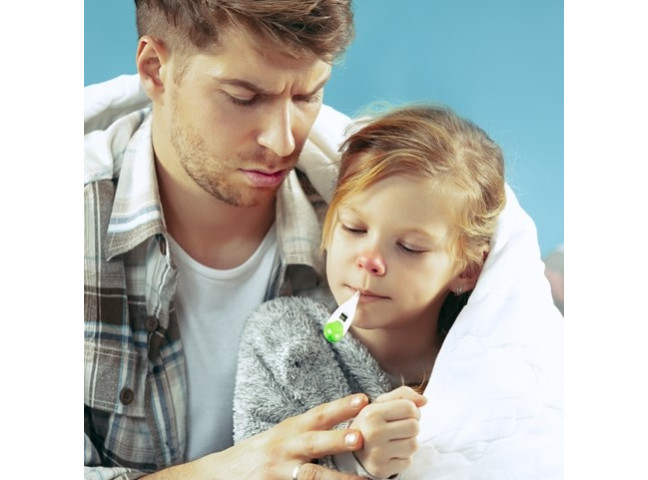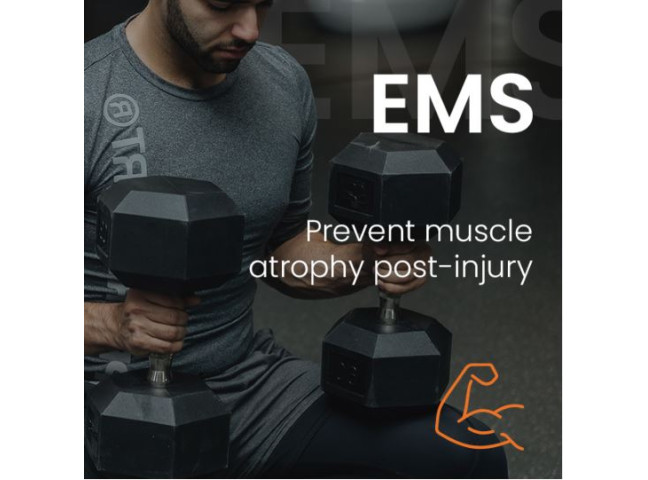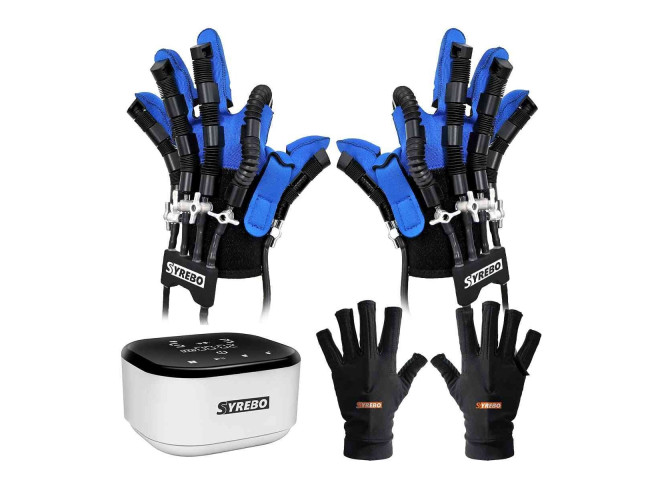Sleep deprivation can affect people who spend long periods of time in one position, for example due to paralysis, illness, old age or trauma. A bedsore can occur if one part of the body is subject to friction or pressure. Even stage III and IV pressure sores can develop quickly, for example, sensitive people can develop pressure sores within 2 or 3 hours. In some cases, however, symptoms do not appear until several days after the injury. The affected area may be very red and warm. The wound may smell faintly, bleed and become wet (see Figures 1 to 4).

Bedsore can affect any part of the body, but the bony areas around the elbows, knees, heels and ankles are more sensitive. Pressure sores are treatable, but can lead to fatal complications if treated too late. It is therefore very important to choose the right preventive measures to prevent pressure sores:
People without impaired independence and mobility do not develop pressure sores because their body automatically makes hundreds of regular movements that prevent pressure from building up anywhere in the body. For example, you may think you are sleeping without moving, but you change position up to 20 times a night while you sleep.
FACTORS INFLUENCING THE DEVELOPMENT OF PRESSURE SORES
Tissue compression. Important factors influencing the development of pressure sores are the intensity and duration of the pressure - the stronger the pressure, the faster the damage develops. It takes as little as two hours for lesions to develop in healthy tissues. The first sign that a pressure sore is developing is when the redness of the skin in a particular area does not disappear for more than half an hour. As the tissues compressed between two hard surfaces, such as bone and bed, there is less blood flow, they receive fewer nutrients, most importantly oxygen, and the elimination of unnecessary products is impaired and the tissues die.
Tearing force - this is when the skin and subcutaneous tissues move in opposite directions due to the force of a rip. The deeper tissues become dead, which can then lead to necrosis, resulting in a pressure sore. Tearing can occur when the patient moves to the end of the bed, if the headboard is raised too much (more than 30 degrees) or if the patient is not raised properly.
Friction. Friction is the most common cause of skin abrasion. This also occurs when the patient slides to the end of the bed when the headboard is raised too high or when the patient's position is changed incorrectly. It can also be a problem for patients who are unable to sit still. Friction and pressure on that area of the body causes a temperature rise. The metabolism speeds up, so more oxygen is needed for the tissues and less oxygen is delivered to the compressed tissues. So, to improve blood circulation, it is necessary to reduce the pressure in order to lower the temperature in that area of the body.
Moisture - (urine, sweat) causes damage to the skin, weakening the skin's protective function and creating ideal conditions for bacteria to grow, increasing the risk of infection. Patients who do not pass urine and/or faeces have a very high risk of developing pressure sores.
Poor general nutrition. Pressure ulcers also occur if there is a lack of specific nutrients in the blood. Patients therefore need protein, vitamins and minerals. Patients need to eat enough iron-rich foods: meat, egg yolks, green vegetables, salads. A protein diet is needed if changes in the bedsores appear. Sweets and animal fats should also be avoided, and salt intake reduced.
RISK ASSESSMENT OF THE OCCURRENCE OF PRESSURE SORES
Prevention of pressure ulcers includes an assessment of the etymological factors and risk factors for potential pressure ulcers:
- Identifying individuals at risk of developing pressure ulcers and addressing risk factors;
- maintaining tissue resistance to damage;
- maintaining and increasing tissue resistance to damage;
- Protect patient tissues from pressure and shear;
- adjust the patient's diet appropriately;
- carry out prevention programmes for pressure sores.
A pressure ulcer risk scale is used to assess the risk of pressure ulcers.
When a patient is identified as being at risk of developing a pressure sore, the nurse develops a personalised pressure sore prevention plan.
RISK ASSESSMENT FOR PRESSURE SORES
Norton Scale:
| Objective condition | Mental state | Total activity | Mobility | Urinary/Faecal incontinence |
| Good 4 points |
Cheerful 4 points |
Walks freely 4 points |
Unlimited 4 points |
No 4 points |
| Satisfactory 3 points |
Apathetic 3 points |
Walks with assistance 3 points |
Slightly limited 3 points |
Random 3 points |
|
Bad 2 points |
Dimmed consciousness 2 points |
Sitting in a chair 2 points |
Very limited 2 points |
Frequent 2 points |
|
Very bad 1 points |
Stupor 1 point |
Lying in bed 1 point |
Completely immobile 1 point |
Permanent 1 point |
| 14 points or more | low risk of pressure sores | |||
| 12 and less | high probability |
The most commonly used scale is the modified Norton scale:
| Points | 4 | 3 | 2 | 1 |
| Somatic state | Good | Satisfactory | Bad |
Very bad |
| Activity | Walking | Walking with support | Sitting in a chair | Lying in bed |
| Mobility | Normal | Slightly limited | Very limited | Immobile |
| Mental state | Vigilant | Apathetic | Disrupted | Dimmed consciousness |
| Patient cooperation | High | Limited | Low | No |
| Age (years) | < 10 | < 30 | < 60 | < 60 |
| Skin condition | Normal | Dry, scratchy | Moist | Open wounds |
| Concomitant diseases | No | Fever, diabetes, anaemia | Obesity, cancer, reduced haemocrit | Arterial occlusion |
| Urinary, faecal incontinence | No | Random | Frequent | Permanent |
Each parameter is scored from 1 to 4. These are added together to give an estimate of the probability of pressure sores.
- A score of 24 or more indicates a low risk of pressure sores,
- A score of 23-19 is medium,
- 18-14 points - high,
- 13-9 points - very high.
If the patient scores 25 or less, active prevention of pressure sores should be started. The first step is to assess the location of the pressure sore, its stage, size, wound bed, exudation, signs of infection, pain and the condition of the surrounding skin. It is advisable to assess the condition of the pressure sore daily if possible.
Sinkholes are classified according to their depth.
Stage I - persistent redness of the skin - after a change in the patient's position (it is bad if this is not taken into account).
Stage II - superficial cracking of the skin, ulceration.
Stage III - ulceration involves the subcutaneous tissue.
Stage IV - ulceration involves fascia, muscle, bone.
Main sites of pressure sores:
Axilla, ears, shoulder blades, spine, shoulder, elbows, iliac wings, sacrum and coccyx, ischial tuberosities, femoral tuberosities, knees, ankles, heel, toes.
Questions?
If you have any questions, please contact Rehastar.com staff by phone on weekdays 08:00 - 17:00 or by email at any time and we will do our best to answer you as soon as possible.
Email: info@rehastar.com
Phone: +370 626 11553






